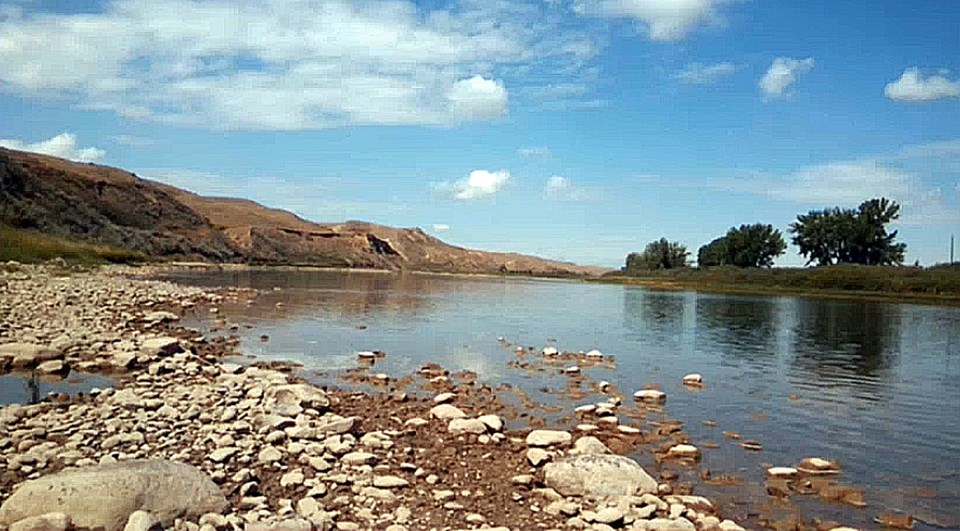INNISFAIL - The Town of Innisfail's council has received and approved a detailed draft drought management strategy from the Mountain View Regional Water Services Commission.
And while many recommendations in the strategy’s first of four graduating levels of water restrictions are already covered by Innisfail’s Utility Bylaw, town staff will do an update to align with the strategy or leave as is and only enforce it when required.
Steven Kennedy, the town’s director of operations, said in his report to council on March 24 that in order to enforce the drought management strategy's levels two to four, administration is also recommending a separate utility bylaw update to give the town’s chief administrative officer or designate the authority to impose further restrictions to water consumption as identified in the commission’s strategy.
Council unanimously passed a motion on March 24 that Innisfail council gives feedback to the commission that it’s in agreement with the organization’s strategy and that Innisfail administration will come back to council with proposed updates to its utility bylaw.
“The realty is Innisfail, and even before it was talked about last year, has practised conservation for as long as I can remember,” said Coun. Gavin Bates in an interview with the Albertan following the March 24 council meeting.
“I don't remember when we didn't have odd even (numbering) watering, for instance. Innisfail has practised conservation for a long time.”
The commission’s released strategy follows the sense of panic raised in early 2024 by the provincial government that central and southern Alberta regions were in jeopardy of facing serious drought conditions and water shortages.
Alberta Environment and Parks Minister Rebecca Schultz sent out a letter to all municipalities to prepare emergency water management plans.
Since then, the commission, collaborating with its member communities of Innisfail, Olds, Bowden, Didsbury, Carstairs and Crossfield, has been working on a comprehensive plan to mitigate the drought threat, which now appears to have eased.
“I personally believe the reservoirs in the Bow and the Old Man (rivers) were perilously low last year, and it became more concerning,” said Bates, who is Innisfail’s representative to the commission. “I think this year the reservoirs are in better shape. The snow pack wasn't all that great, but it really recovered a lot three weeks ago at the start of March, and now it'll depend a lot on the spring rains.
“I just get the feeling that the province is not as concerned. They obviously oversee the whole thing.”
During council’s discussion on the draft drought management strategy, Bates briefed council on the commission’s process that began in the spring of 2024 and eventually led to the commission’s recently released water conservation guidelines.
“From my part I wanted to see the multiple levels, because the original recommendations didn't have as many levels before you actually got into a more critical situation. It was conserve, conserve and then shut off,” said Bates, adding the commission met and consulted with the City of Red Deer and the North Red Deer River Water Services Commission to reach an “alignment.
“The alignment is less restrictive than what it used to be. From my standpoint, I recognized that the original recommendations didn't have as many levels as the City of Calgary and the City of Red Deer, and I wanted to see more levels.
"This recommendation gives more levels before you're into more onerous measures.”
Mayor Jean Barclay asked Kennedy what would happen in the future if there are serious drought issues that forces a need to cut water off or reduce it substantially.
Kennedy said with the way the policy is written the town would “try to get compliance."
“We really don't have an enforcement component to our utility bylaw to penalize, so we would look to just get community buy-in and go towards meeting the requirements of their (commission) strategy as identified,” said Kennedy. “It becomes more of an ask than an enforcement.
“That's why we are looking to update it to give us a little bit more flexibility in regard to enforcement.”



